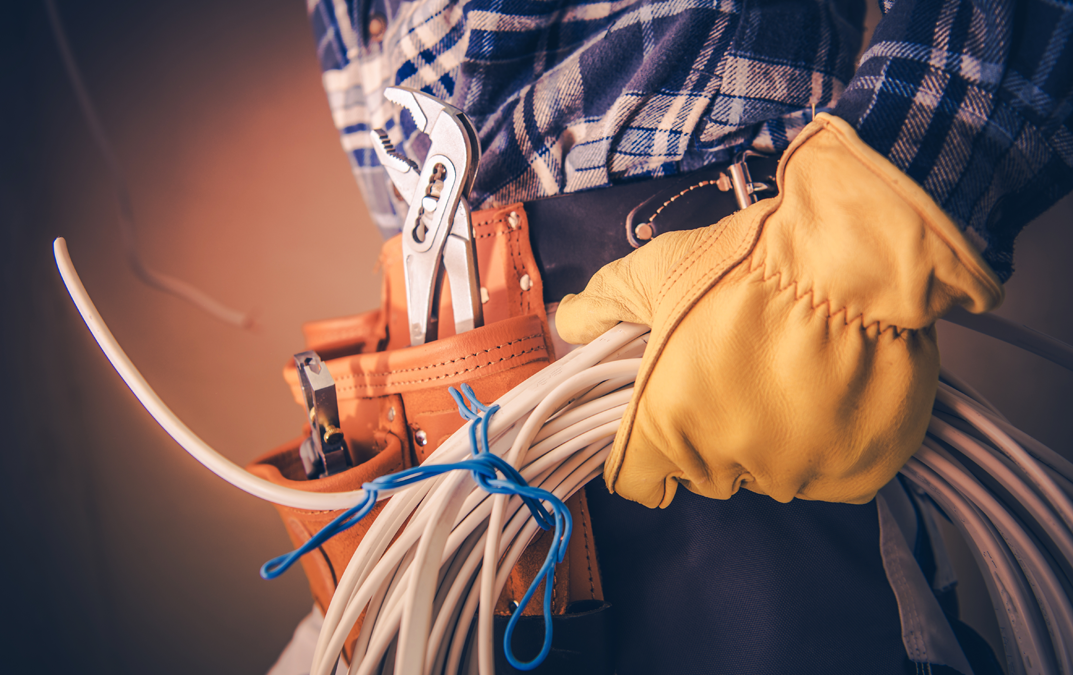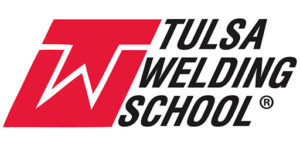Skilled Trades Careers Awareness Month
Skilled Trades Career Month – January 2022
This January is Skilled Trades Careers Awareness Month at the Imagine America Foundation, and we look forward to sharing valuable information about skilled trades, hands-on training, and preparing for a new career path with one of these essential roles.
And there sure is a need out there. The pre-pandemic worker shortage in many skilled trades fields has only gotten worse after two years of COVID-19, and many fields are looking for skilled workers to meet the demand.
“There were 388,345 jobs posted for skilled trades-related workers between May and June, a 50% increase from pre-pandemic levels—with most positions remaining unfilled for an average of 24 days,” according to an August 2021 report from PR Newswire.
For high school students considering their next move after graduation, adults who are seeking a new challenge, or anyone thinking about a change in career, the skilled trades could just be the perfect fit.
Imagine America Radio is excited to present our monthly podcast series, featuring three episodes with some of our most trusted school partners. We’ll talk about trends in the skilled trades, the value of hands-on career and technical education, and how students can take their first steps to an essential role in welding, construction and carpentry, HVAC, or electrical. These dynamic conversations will be shared with our community of high school counselors, workforce development boards, VA offices, parents, and—most importantly—students.
Stay tuned to this page to learn more about skilled trades careers and why they might be the perfect fit for you or someone you know!
Skilled Trades: Welding Careers
Brought to you by:
Welders help hold our communities together—literally. By skillfully fusing metals and other materials, they support industries from transportation and architecture to manufacturing, maintenance, and more.
According to the Bureau of Labor Statistics, jobs for welders, cutters, solderers, and brazers are expected to grow by 8% over the next decade—about as fast as the average for all occupations. Many welders work for manufacturers, trade contractors, or repairers, while some are self-employed.
Regardless of where they work, their responsibilities will likely include studying blueprints, calculating dimensions, inspecting structures and materials, maintaining their equipment and tools, and—of course—actually joining metal parts with a welder.
Like many skilled trades, the country is facing a shortage of trained welders to meet the demand for their work. According to the American Welding Society, more than 375,000 welders will be needed in America by 2023.
In the first episode of Skilled Trades Careers Awareness Month, we talk to our partners at StrataTech Education Group and their Tulsa Welding School about welding careers, hands-on training programs, and the future of the field.
Skilled Trades: HVAC Careers
Brought to you by:
If there’s one thing that buildings have in common all across the country—in warmer climates and in colder conditions, in skyscrapers and massive warehouses and residential bungalows and corner stores—it’s the need for temperature control.
You may think that’s just a creature comfort to have, helping you cool off during the summer heat wave or to keep warm in the winter. But the truth is that controlling the temperature is a critical part of maintaining air quality and keeping food, medicine, and other perishables safe to use.
Heating, ventilation, and air conditioning (HVAC) and refrigeration (HVAC-R) technicians install, repair, and maintain the systems that help regulate temperatures. These techs and installers help keep buildings safe, people comfortable, and products unspoiled.
And as HVAC systems become more and more complex, relying on computerized components and renewable energy technology like solar panels, the industry needs skilled mechanics to help maintain them.
We wanted to hear from the experts, so we’re talking to our friends at The Refrigeration School, Inc. about who might be the right fit for an HVAC career, how you can prepare for entry-level work, and the future of HVAC.
Skilled Trades: Electrical Careers
Brought to you by:
Another critical component of our homes, workplaces, and communities is, of course, electricity. And as we increasingly rely on smart technology and renewable energy sources for so many facets of our lives, electricity will only become more important.
And that means we’ll continue to need electricians who can install, maintain, and repair power systems, communication networks, and more. According to the Bureau of Labor Statistics, these skilled technicians typically work for contractors, manufacturers, or government agencies—or are self-employed. They may work on new construction, installing brand-new systems, or in aging buildings to keep things running smoothly (and up to current code).
Regardless of where they work, they need to be able to inspect components, repair or replace wiring and fixtures, and to ensure compliance with regulations. That includes the ability to read blueprints and technical diagrams, to identify problems and plan solutions, and to work with a team.
To get a better idea of what it takes to be a successful electrician, we’re talking with one of our member schools—Porter and Chester Institute—to learn about their programs, the future of the industry, and how interested students can get started.
1 Comment
Leave a Reply Cancel reply
- - ADVERTISEMENT - -
Categories
- Alumni Series (13)
- Automotive (57)
- Aviation (15)
- Business (14)
- Business & Arts (18)
- Career College Expositions (8)
- Career Development (96)
- CCC Blog (1)
- CCC Podcast (9)
- College Resource (90)
- College Showcase – Lincoln Tech (6)
- College Showcase – New Jersey (8)
- College Showcase – Pennco Tech (1)
- College Showcase – Universal Technical Institute (2)
- Continuing Education (155)
- Cosmetology (3)
- Counselor Resources (108)
- Criminal Justice (3)
- Dental Assistant (2)
- Education (110)
- Financial Literacy (17)
- Health Sciences (51)
- Heritage Series (3)
- High School Recruitment Series (4)
- Housing Series (10)
- HVAC (8)
- Imagine America Scholarships (12)
- Information Technology (17)
- Massage Therapy (5)
- Mechanical Sciences (109)
- Medical Assistant (12)
- Millennial Student Series (4)
- News (11)
- Nursing (22)
- Online education (13)
- Pandemic Proof Series (4)
- Personal Finance (17)
- Podcast (91)
- Research (11)
- Road Map Series (2)
- Scholarships (12)
- Social Media Series (4)
- Strata Tech (3)
- Student Success (29)
- Study Tips (3)
- Time Managment (1)
- Top 10 (10)
- Trucking (2)
- Uncategorized (14)
- Universal Technical Institute (19)
- Veteran Affairs (8)
- Welding (24)
- Women in Skilled Trades (3)
Tags
- - ADVERTISEMENT - -





[…] May, it is the month of Professional Trade Month in Michigan. Michigan will have nearly 530,000 professional trade jobs by 2028, with another 47,000 […]